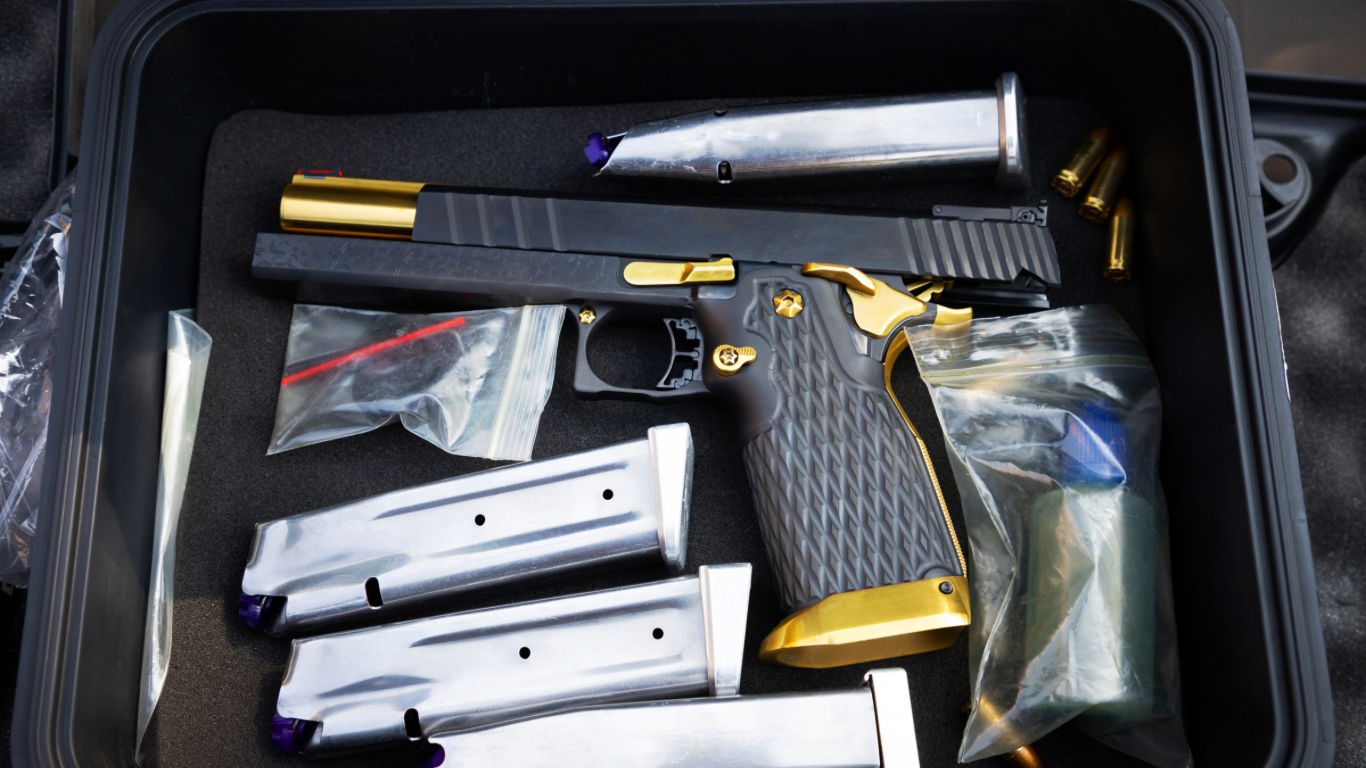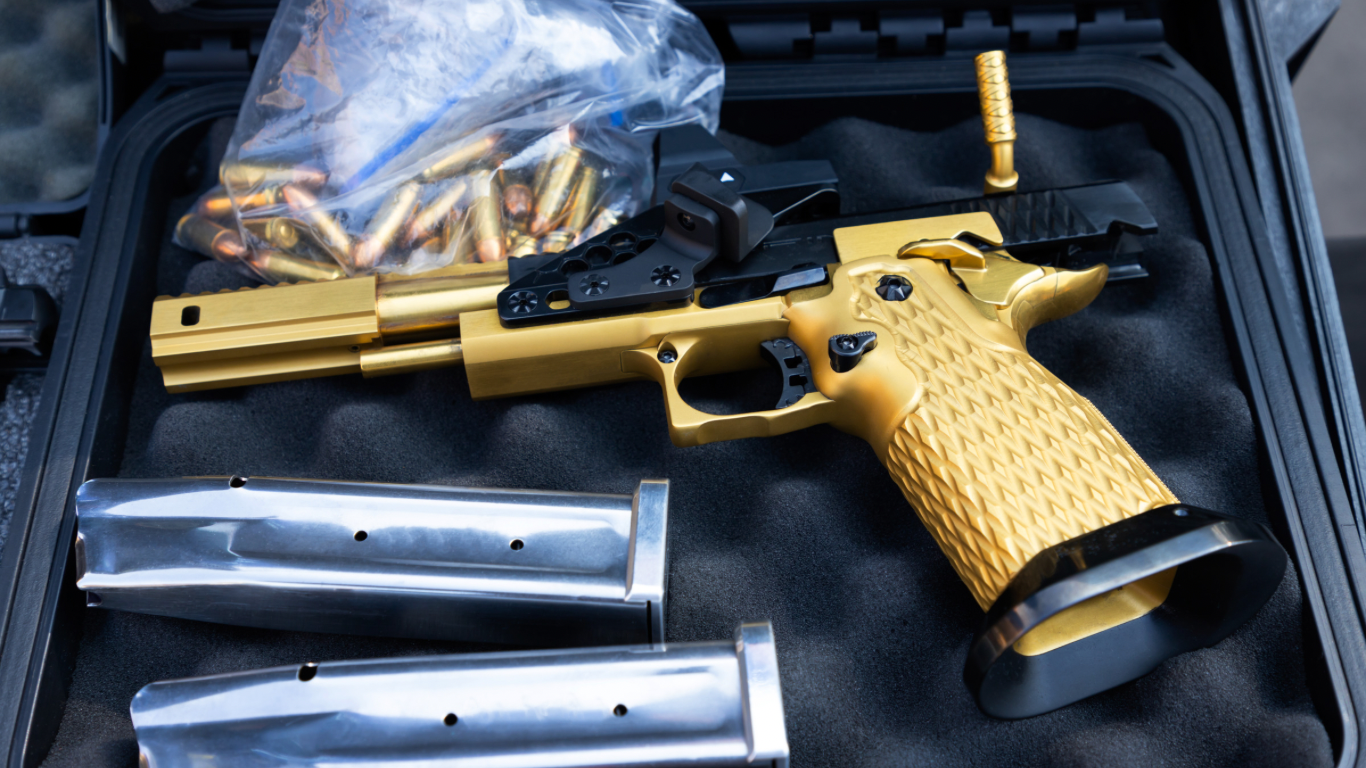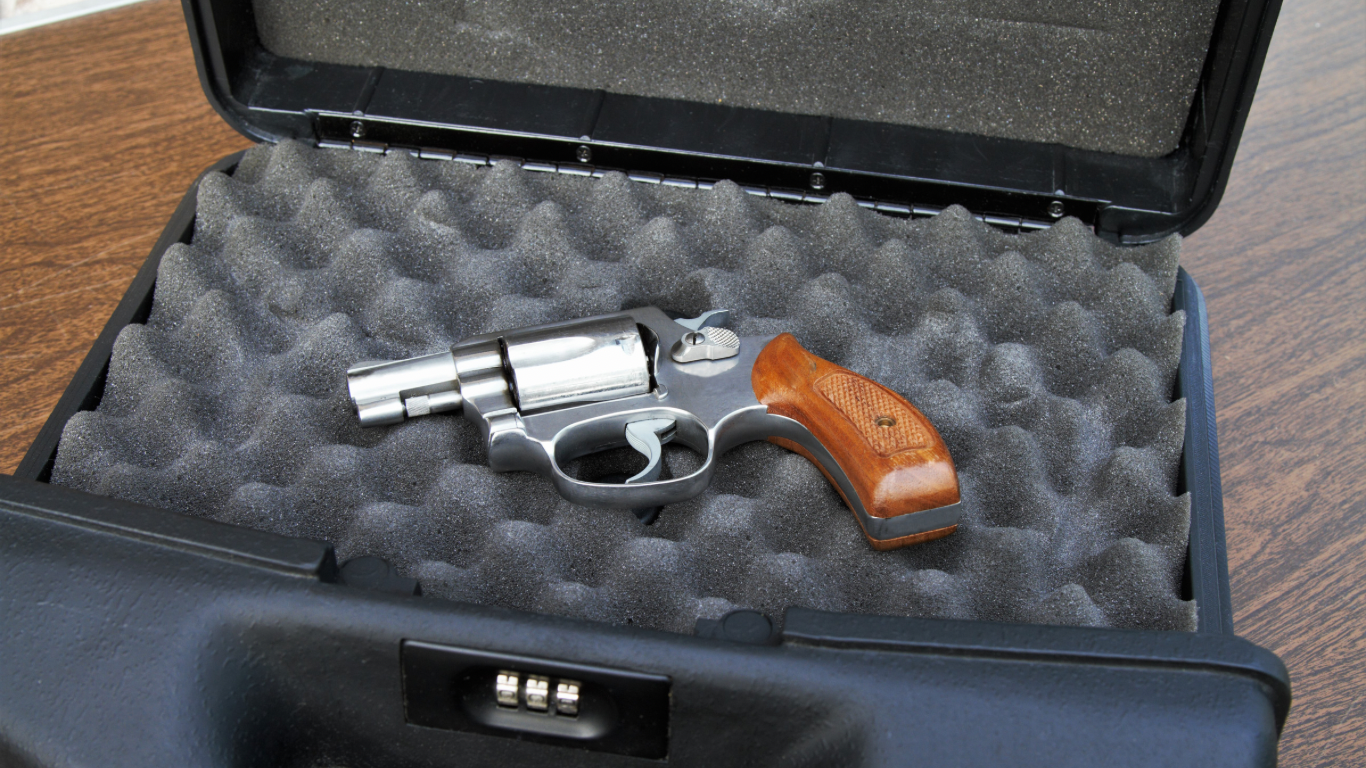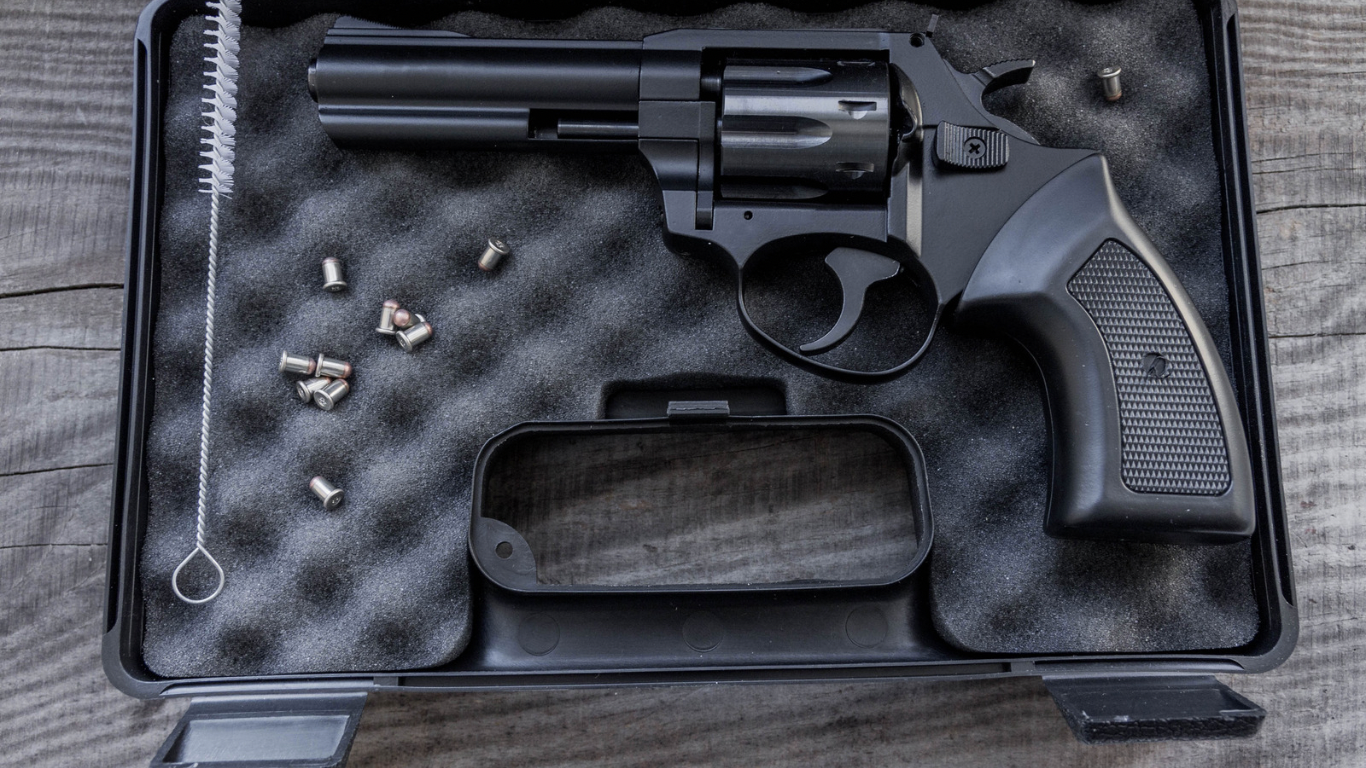As a gun owner, it is important to know how to properly transport your firearms and ammunition. Whether you are heading to the shooting range or traveling to a hunting site, proper transportation of your firearms and ammo is important both for your safety and legal compliance. There are several mistakes commonly made in gun and ammo transportation, but knowing what they are and how to avoid them can help ensure a smooth and safe transport.
Not Using Proper Gun Cases
It’s important to use the right cases when transporting your firearms. A good quality gun case helps protect your firearm from undue wear and tear and also prevents accidental discharge. The most recommended types are hard cases, which offer the best protection, but soft cases may be used if necessary, as long as they have the appropriate padding. Make sure the gun case you use is the right size for the firearm(s) you’re transporting. Additional space inside the case should be filled with soft materials such as foam or fabric to prevent the firearm from shifting and bouncing in transit.
Not Abiding by State and Federal Laws
Every state has its laws on the transportation of firearms, so it’s important to familiarize yourself with the particular rules and regulations of your state. Also, be aware of the federal laws surrounding gun and ammo transportation—laws such as the National Firearms Act (NFA), which pertains to machine guns, certain rifles, and other firearms, specify detailed rules and requirements during transportation. Being knowledgeable of these laws can safeguard you from any mishaps and avoid potential legal issues.
Not Properly Securing Guns During Transportation
Always assume that firearms should be loaded and take appropriate steps to ensure safety during transit. This means firearms should be unloaded and secured in the trunk while traveling by car. If you are travelling by air, make sure your firearms are in a locked hard-sided container and stowed in your checked baggage. The ammunition should be transported in its original container or in a hard-sided case and declared at check-in. Again, familiarize yourself with state and federal regulations, as they often mandate specific instructions for securing and transporting firearms.
Not Cleaning the Firearms Before Safekeeping
Before storing firearms for any period, they should be properly cleaned and oiled. Failing to do so can lead to rust and corrosion, which can ultimately damage your firearm. It’s also a good idea to perform a cleaning after usage, particularly after a day at the range. Always store firearms in a cool and dry place to further ensure their longevity.
Not Keeping an Inventory of Weapons
Keeping an inventory of your firearms is essential for both legal and safety purposes. A detailed inventory of all guns owned can help law enforcement in case of theft or loss and is helpful for insurance purposes in case of damage or loss. Invest in a gun safe or gun cabinet with a lock to secure your firearms, and make sure your inventory is up-to-date.
Conclusion
By being knowledgeable of the common mistakes in gun and ammo transportation and how to avoid them, you can safely and legally transport firearms. Maintaining professionalism in gun handling practices is important to maintain the safety and legality of individuals, as well as protect the rights of gun laws and regulations. Let us continue to educate ourselves and others in responsible gun ownership.







